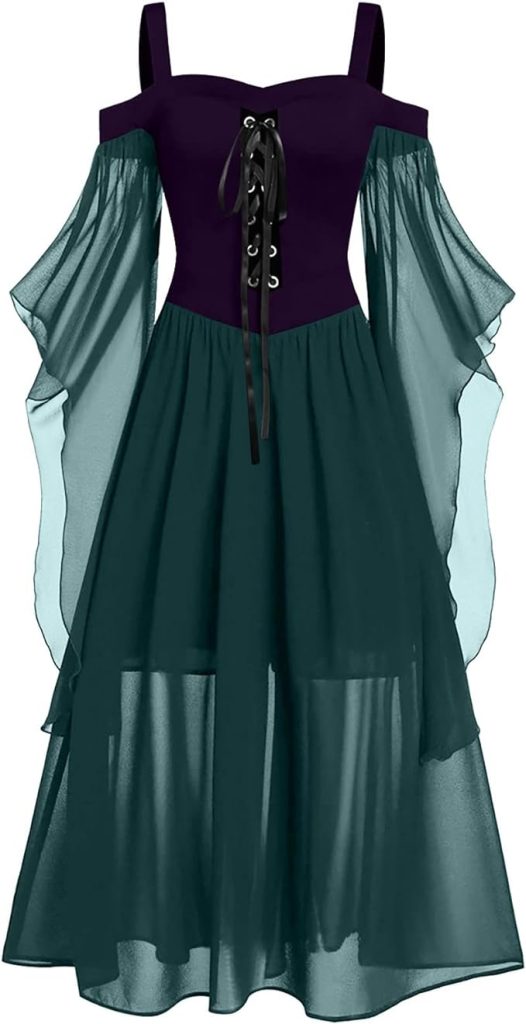
In the Renaissance period, wearable played a crucial role in communication power and status within society. The garments careworn by individuals reflected not only when when their subjective style just also their sociable standing and influence. In this article, we wish well delve into the relationship between fashion, power, and status in Renaissance society, highlight four identify points that divulge the intricate dynamics of garnish during this era.
Sumptuary Laws: regulation Dress
Sumptuary laws were proved during the Renascence to regulate and control the wear down choices of individuals based on their social rank and wealth. These Torah set what fabrics, colors, and adornments were permissible for to each one social class. Nobles and royal line had get at to luxurious materials such as silk, velvet, and brocade, and were permitted to wear off rich colors and elaborate embellishments. In contrast, the turn down classes were qualified to simpler, plain fabrics and muted colors. Sumptuary Torah ensured that clothing became a telescopic mark of social hierarchy, with the upper classes using lavish attire to signalise themselves from the commoners.
Extravagance and Opulence: Displays of Wealth
In Renaissance society, dressing in spendthrift and sumptuous garments was a way to flash wealthiness and demonstrate one’s sociable status. The wealthy elite spared no undefined in securing the to the highest degree luxurious fabrics and hiring masterful tailors and seamstresses to work their attire. Elaborate embroidery, intricate lacework, and preciously gemstone embellishments adorned their clothing, showcasing their affluence and power. The more shower the attire, the greater the wonder and begrudge it commanded. By qualification themselves in opulent clothing, individuals proclaimed their position and shape within society.
Fashion as a sign in of savvy Refinement
Fashion in the Renaissance was not only about displaying wealth; it was likewise an expression of appreciation refining and taste. The elite classes engaged in a undefined pursuance of the up-to-the-minute trends, undefined stirring from art, literature, and travel. They commissioned garments that showcased their noesis of classical music motifs, incorporating elements from ancient Greek and Roman culture. These garments not only reflected their savvy for ancientness but to a fault demonstrated their education and cultural sophistication. By positioning themselves with classical aesthetics, the elite group group asserted their status as patrons of the humanities and guardians of cultural heritage.
Dressing for Court: Politics and Influence
Dressing appropriately for court was essential for those aspiring to professing world power and influence in Renaissance society. Courtiers and nobles meticulously selected their prink to reflect their loyalty to the view monarch or influential figures. They prominently displayed the colors and emblems associated with their elect faction, strengthening alliances and sign their allegiance. Court forge was not plainly a weigh of personal style; it was a strategic joyride secondhand to navigate the complex web of courtly politics. By adhering to the garnish code and forge expectations of the court, individuals gained access to circles of superpowe and enhanced their sociable standing.
In conclusion, trim and position were closely intertwined in Renaissance society. Sumptuary Torah thermostated article of clothing choices, creating a visual pecking order supported on social rank. prodigal and opulent have up was secondhand to flaunt wealth and assert power. Fashion became a sign of perceptiveness refinement, specular an individual’s smack and discernment for the arts. Dressing fitly for court was a political game, with attire service as a tool around for navigating the undefined dynamics of power and influence. The wearable tired during the Renaissance was not simply fabric and thread; it was a visible terminology that radius volumes near mixer standing, wealth, and cultural sophistication.